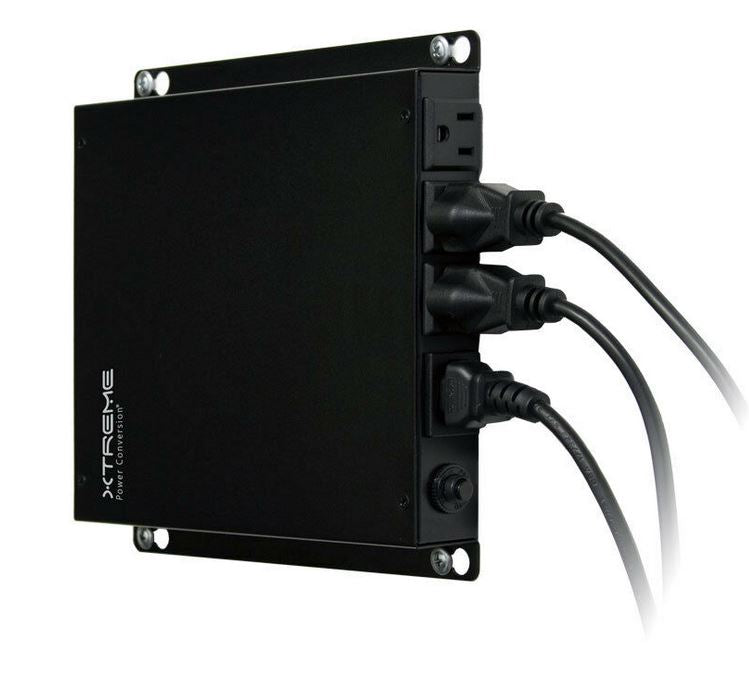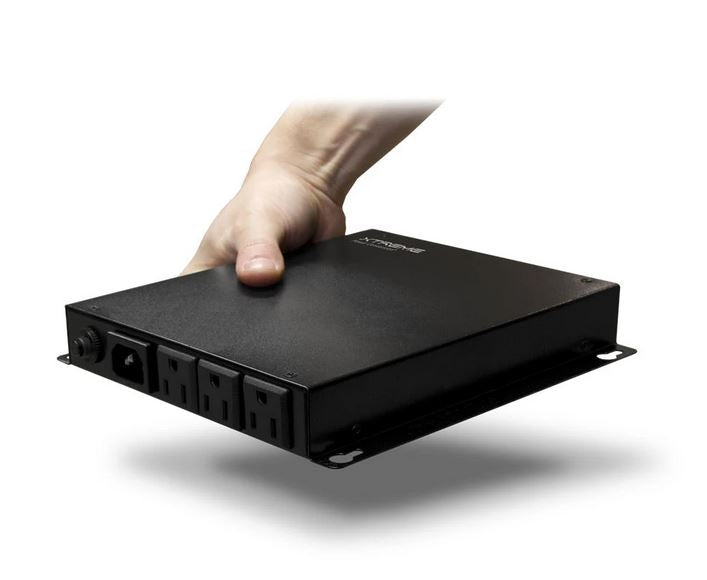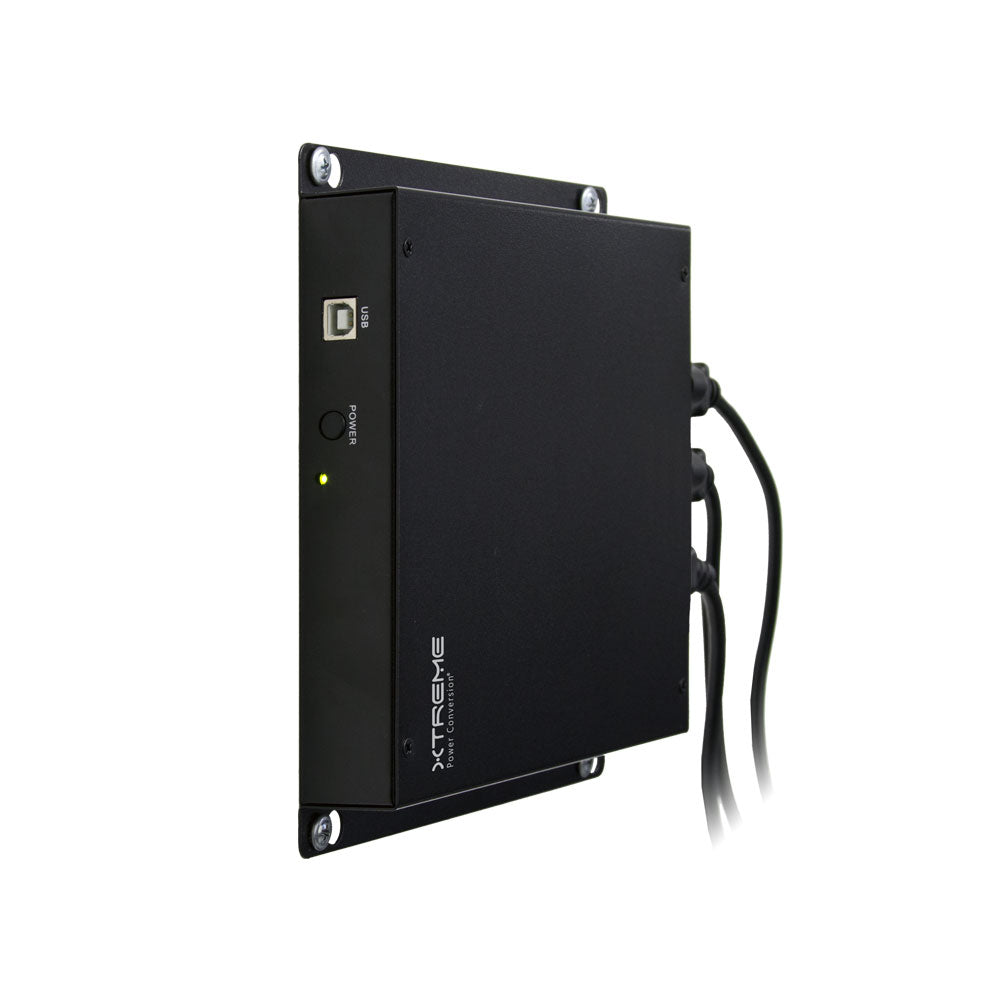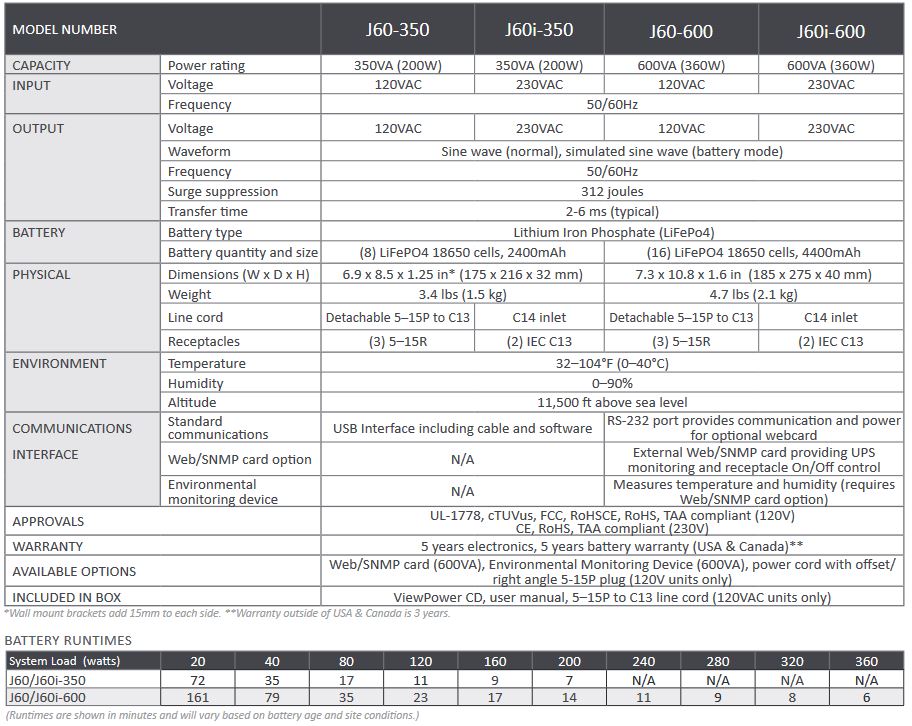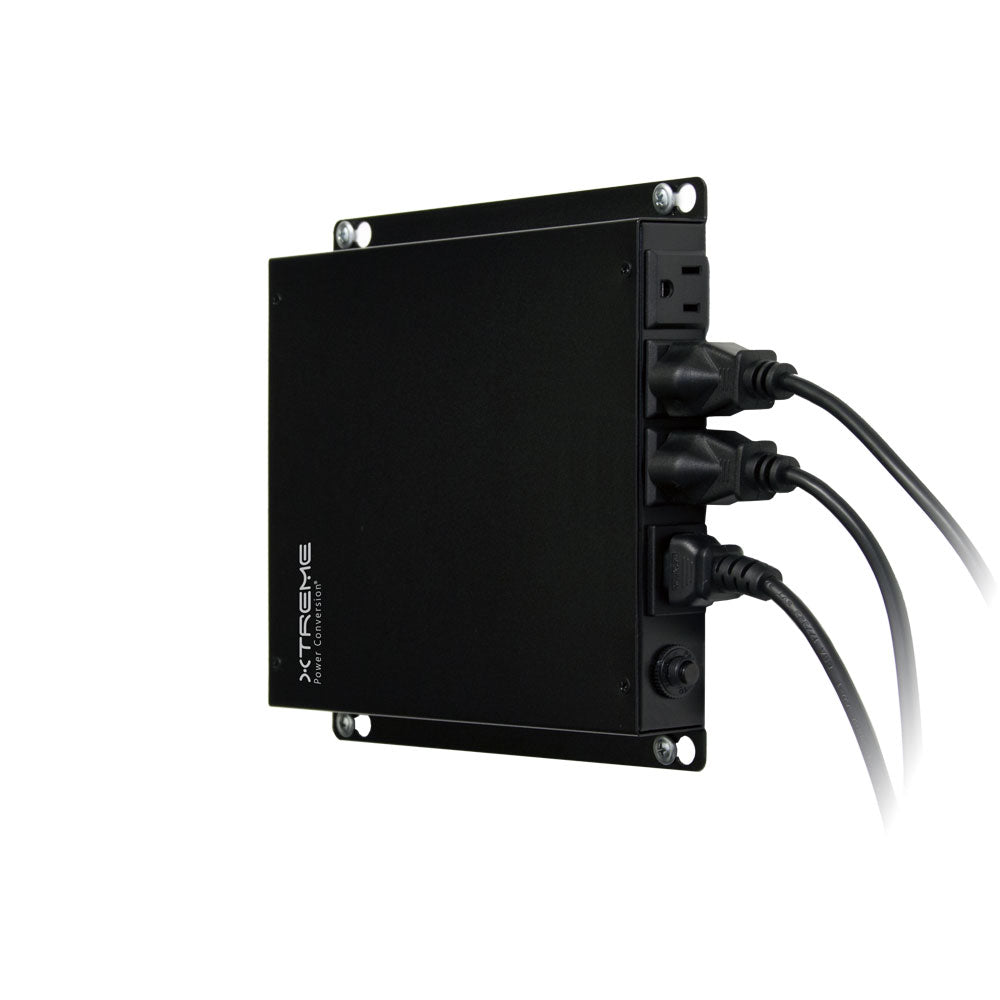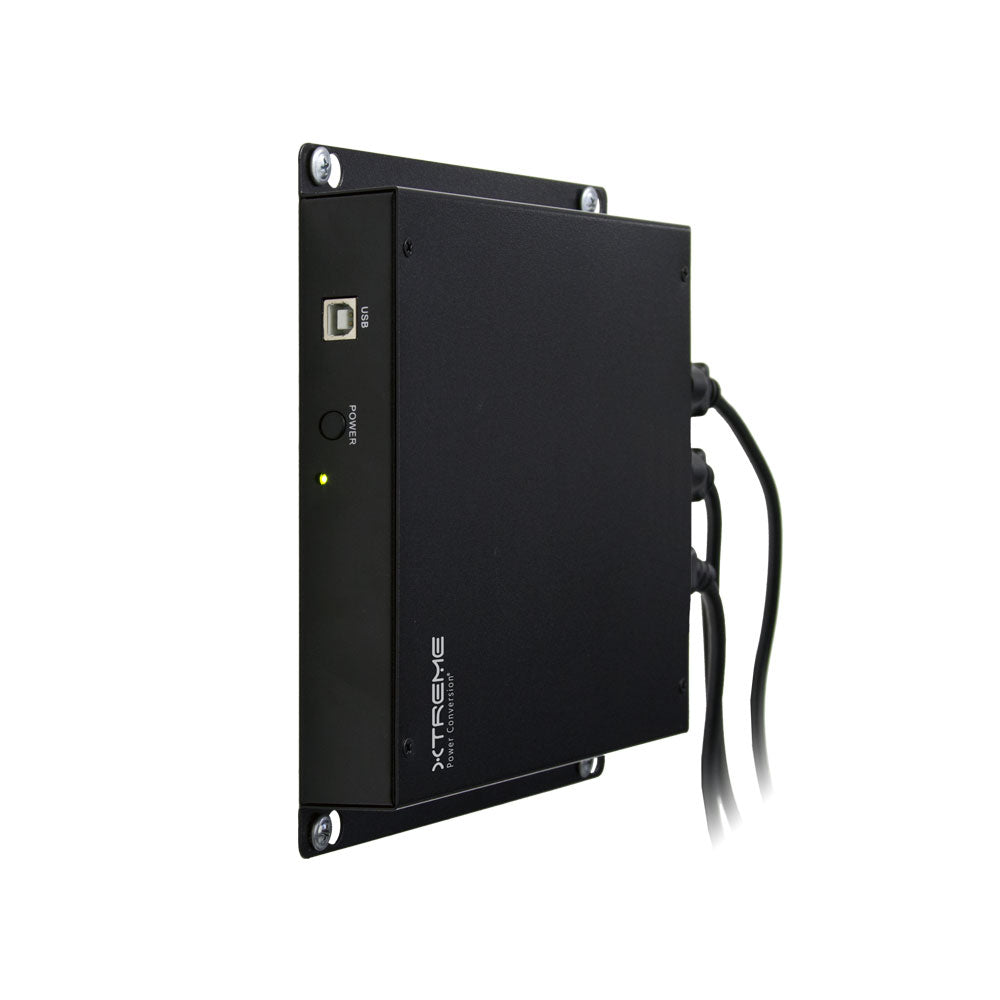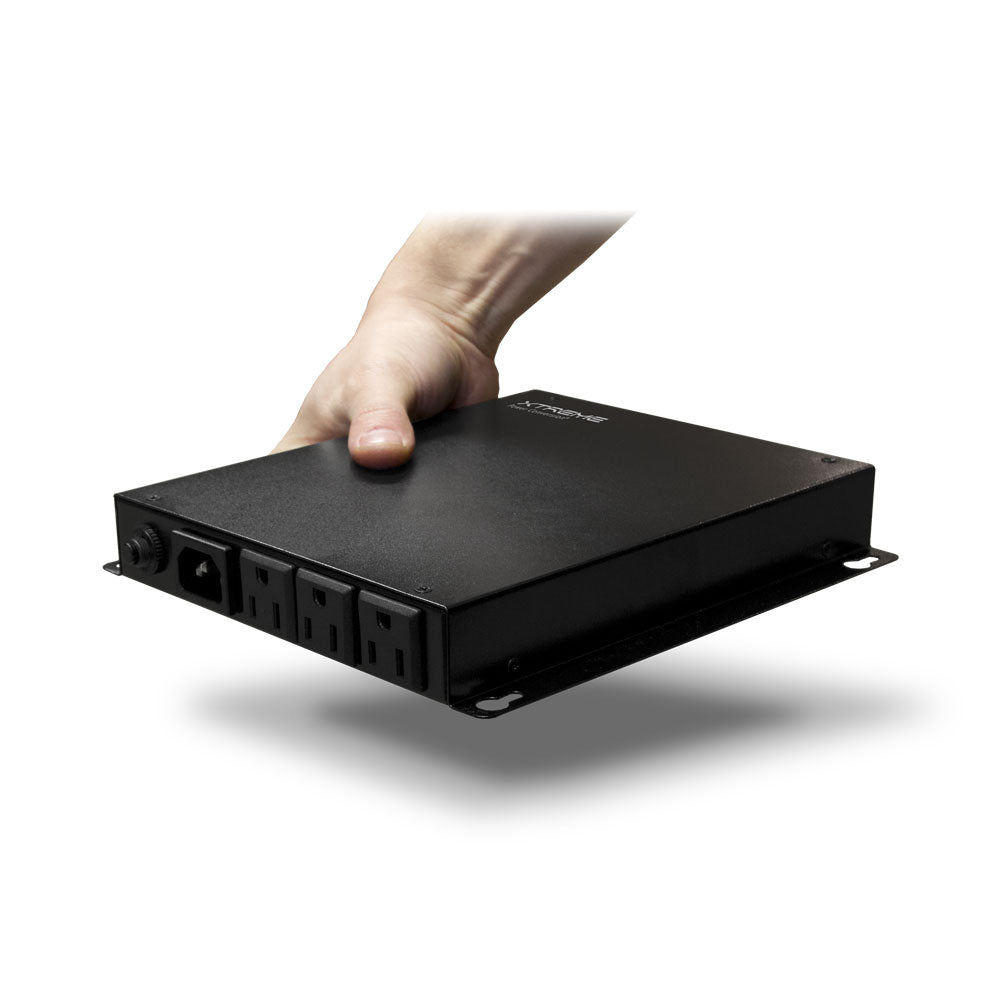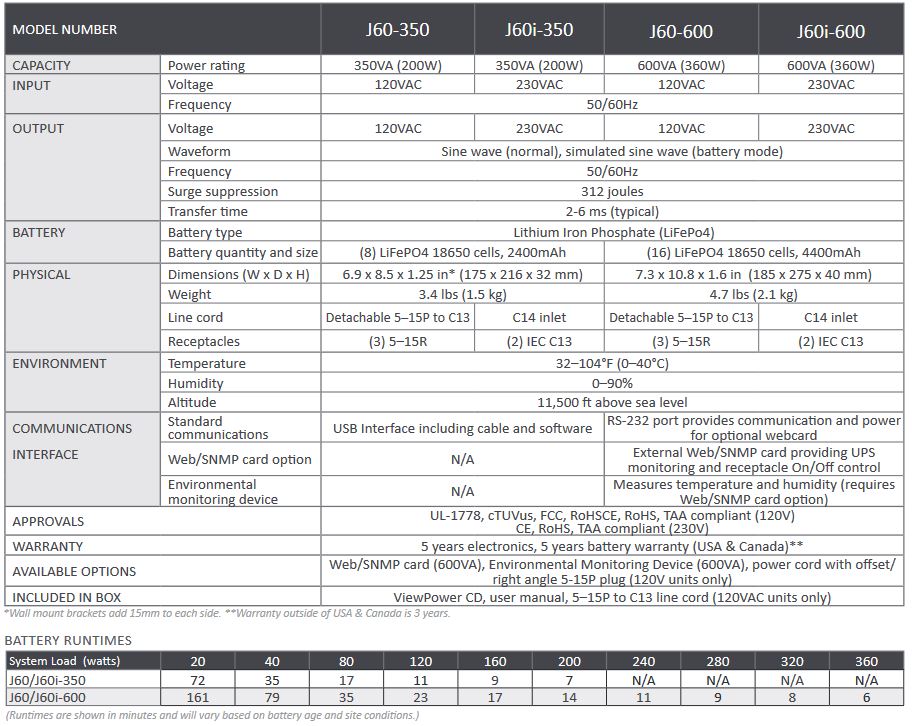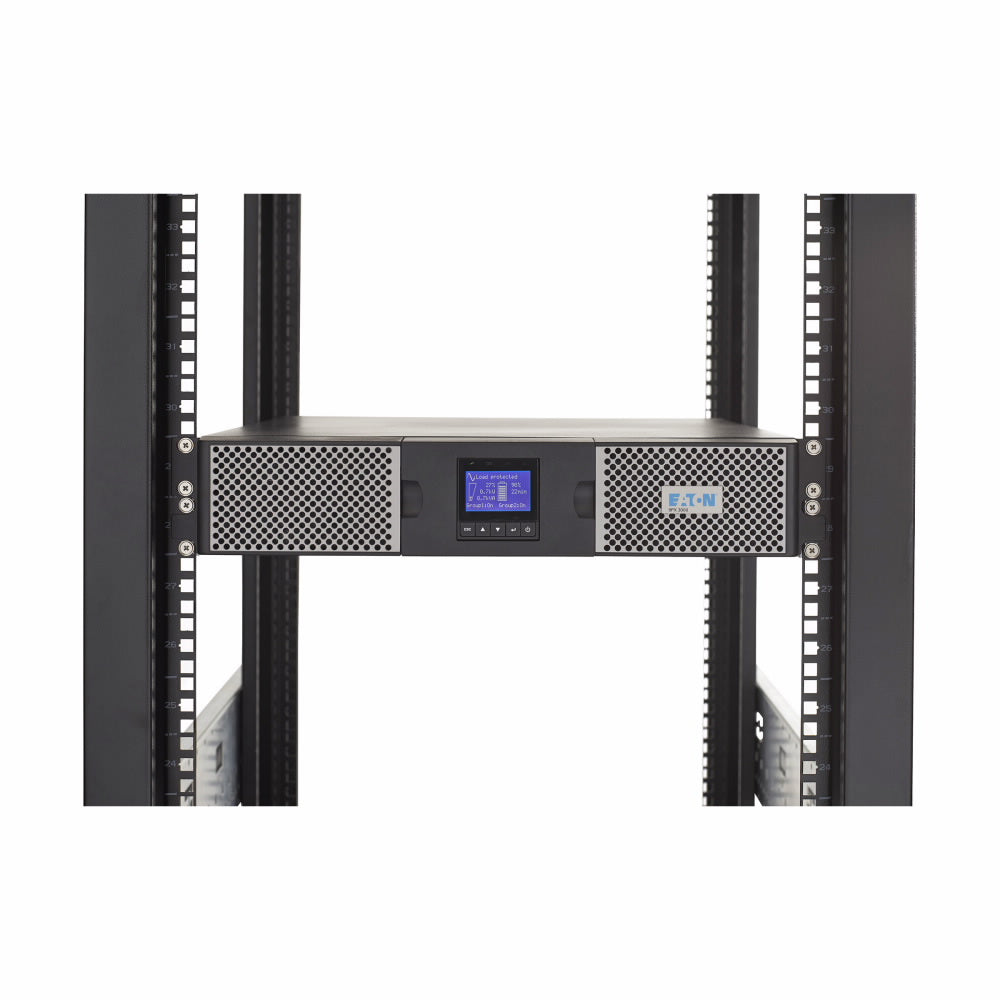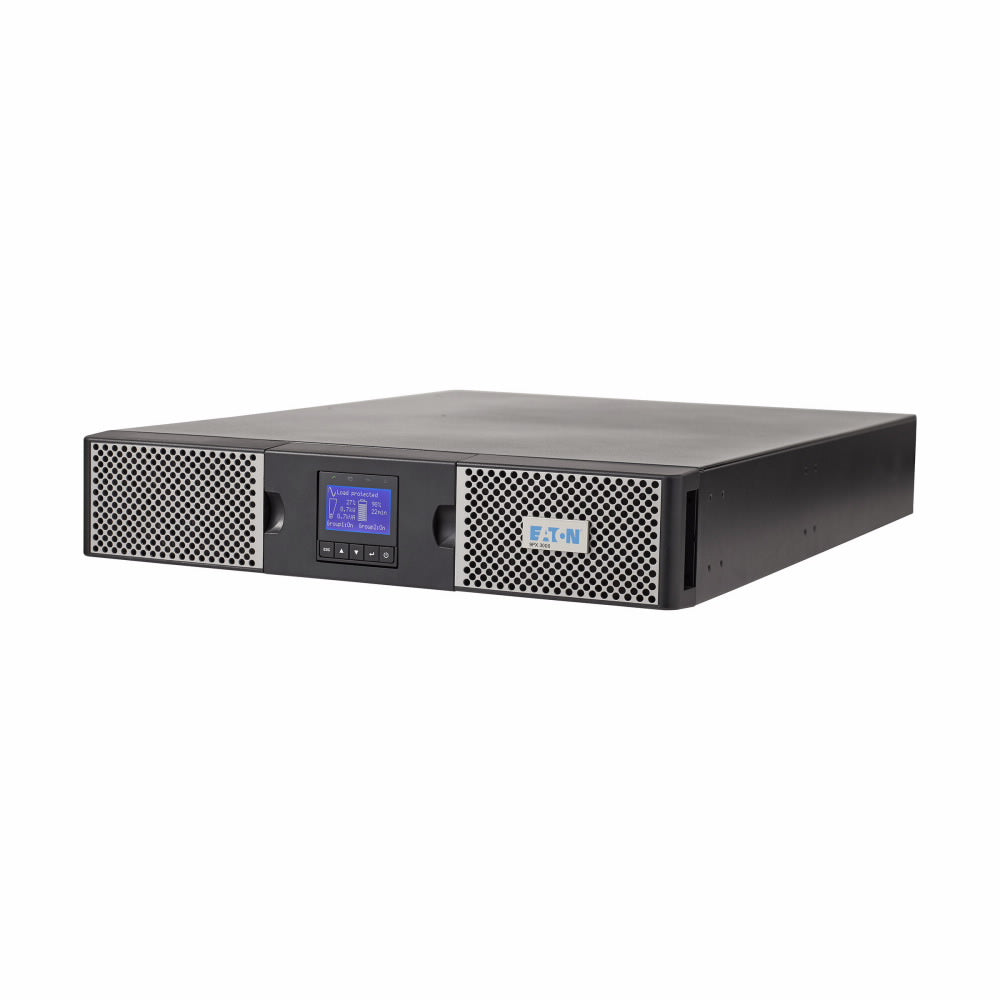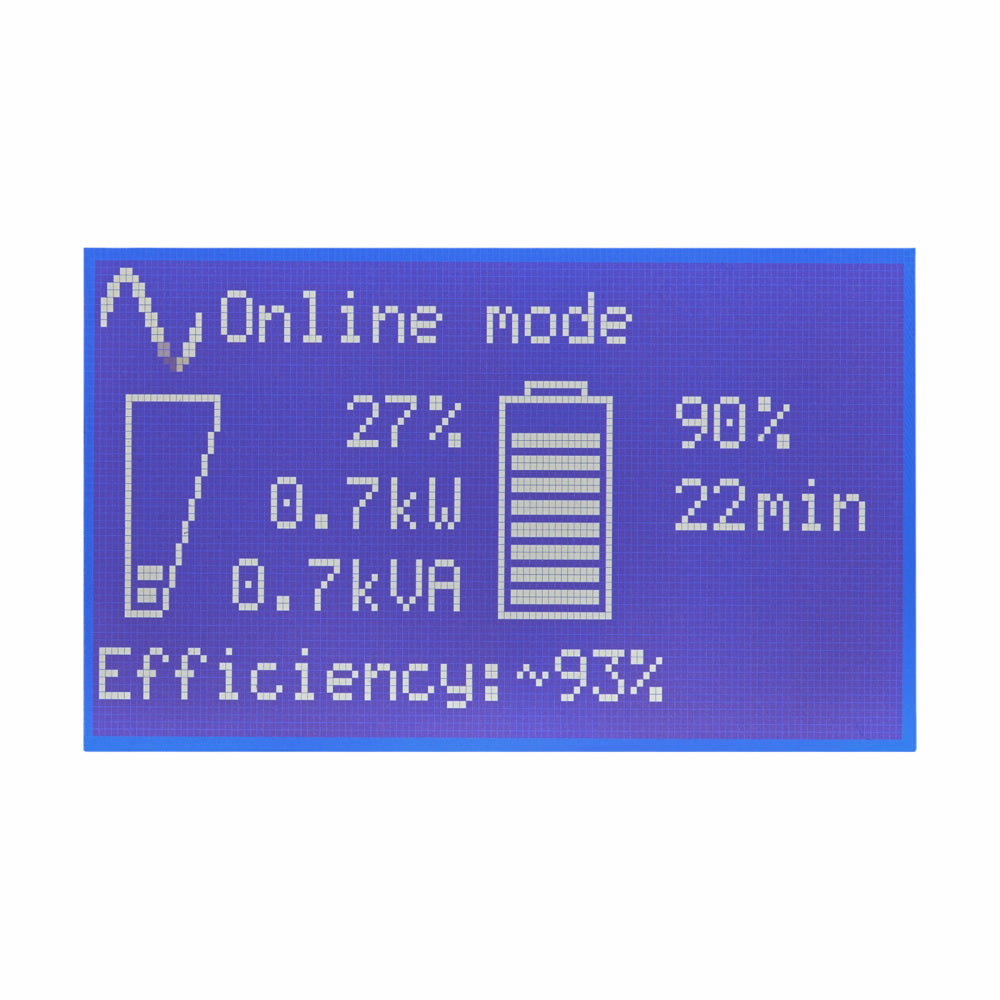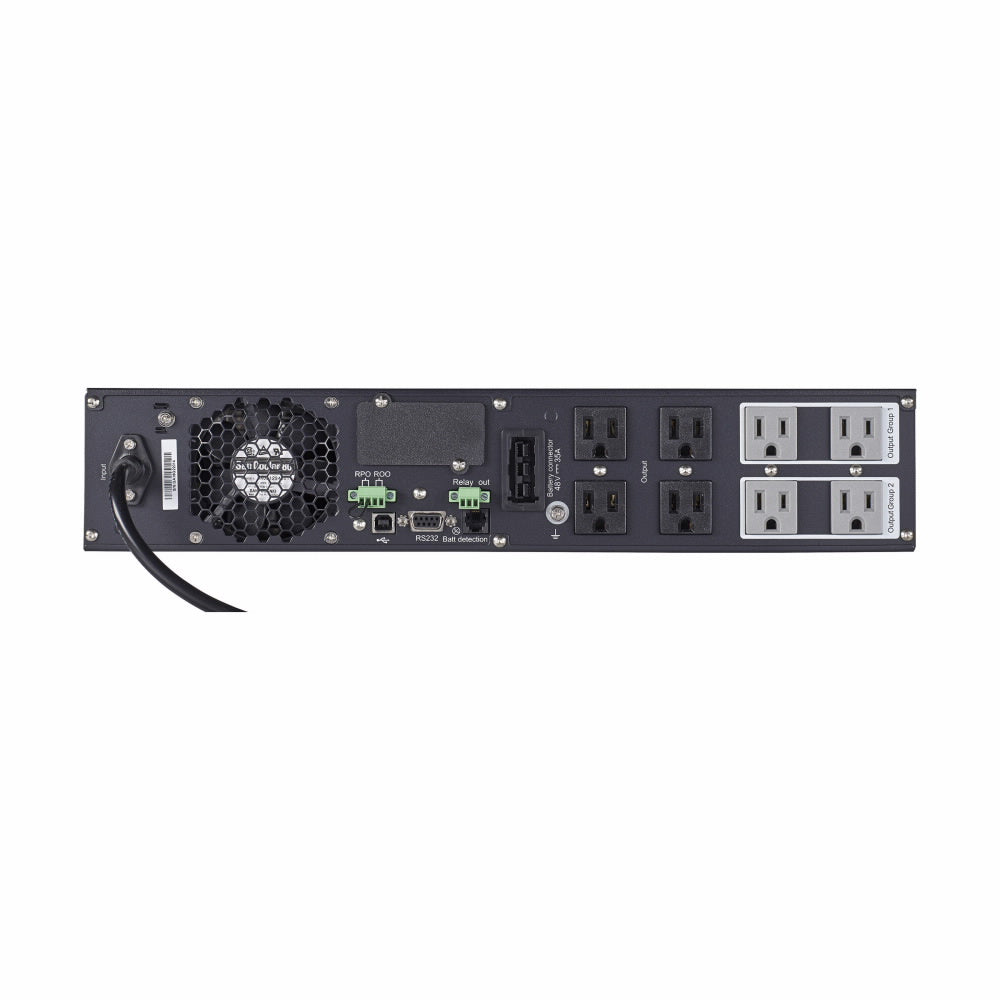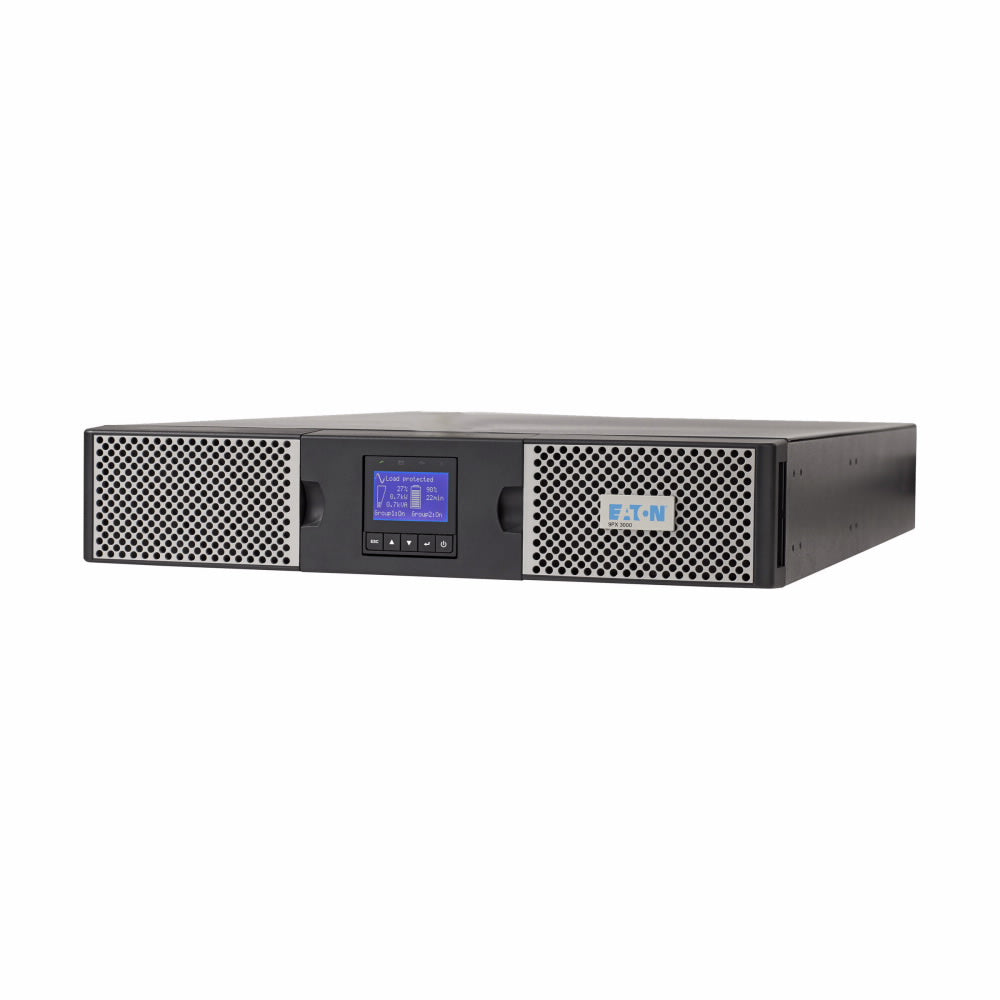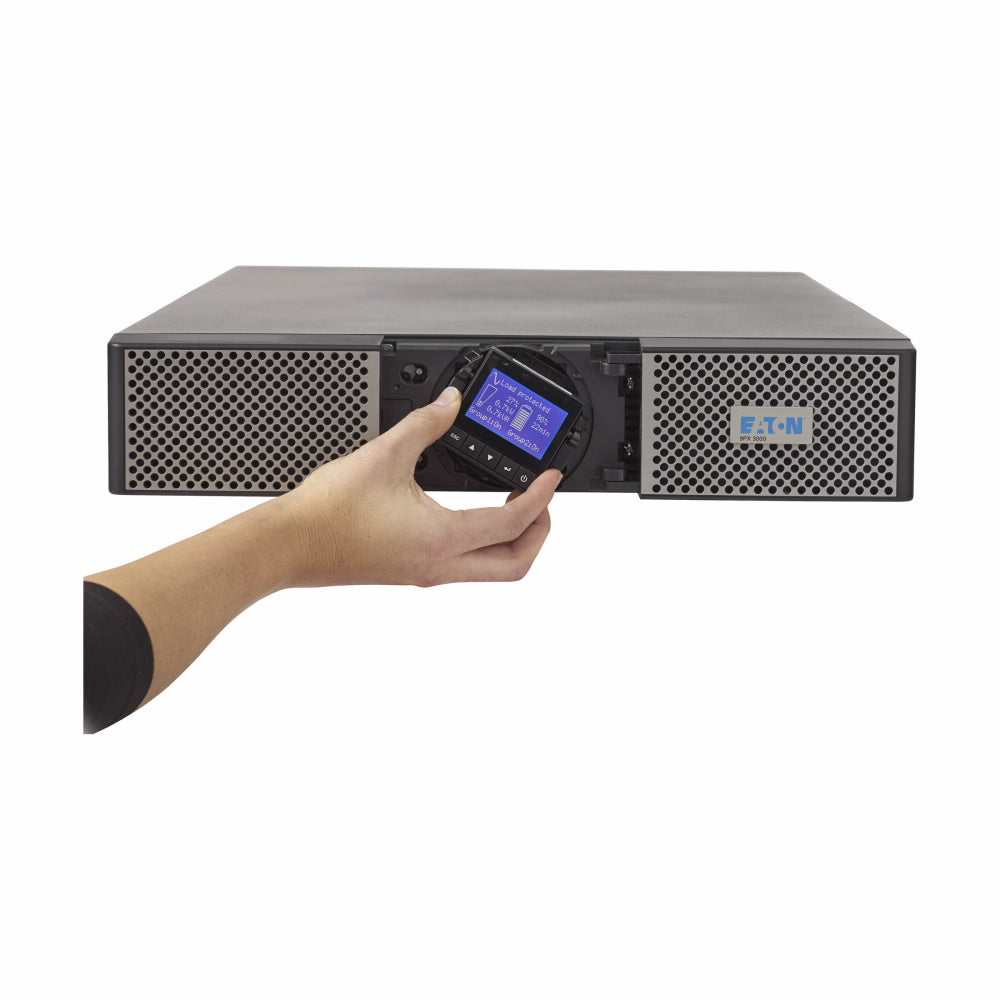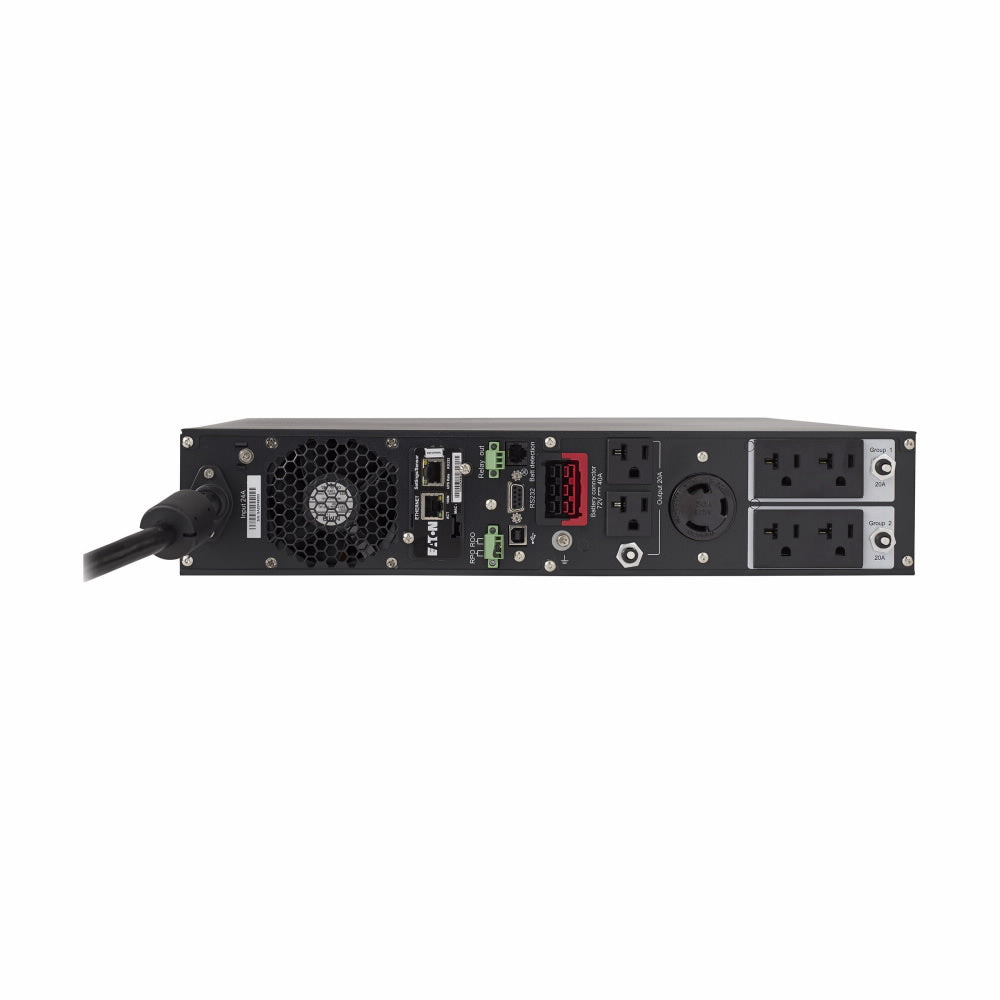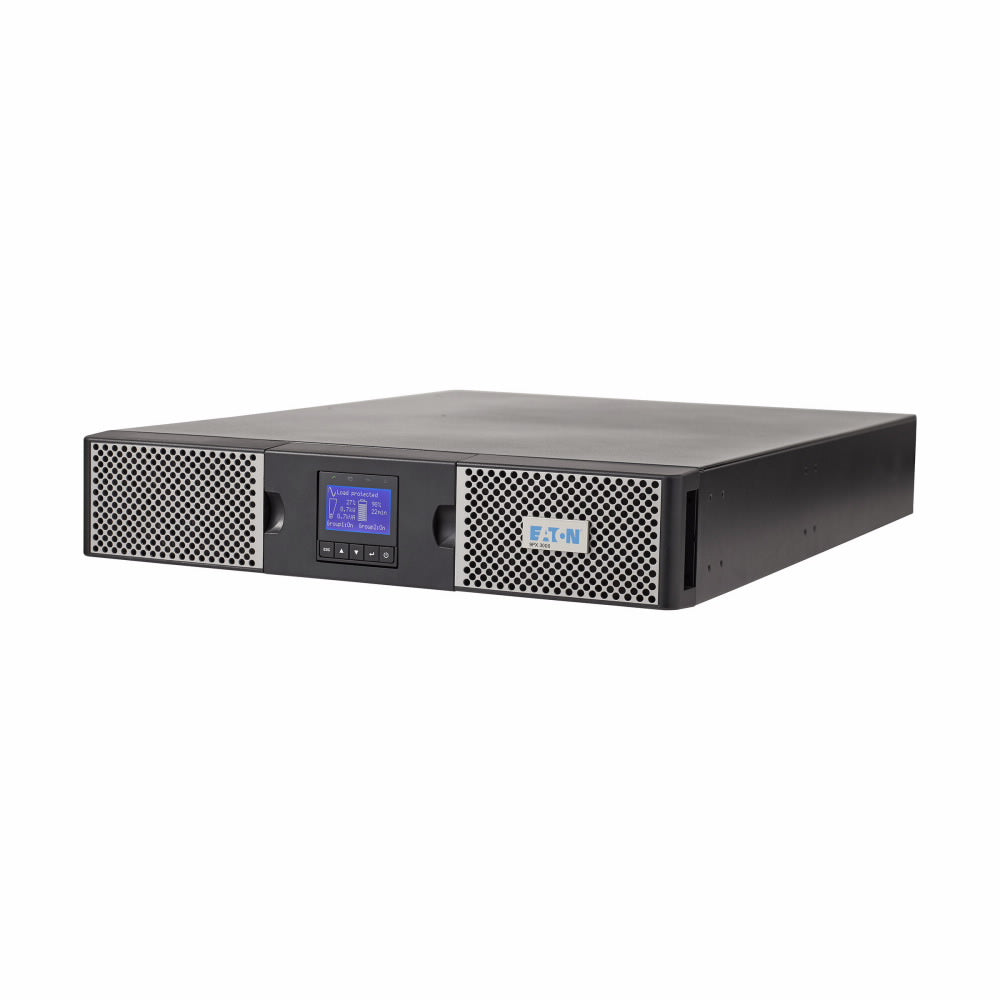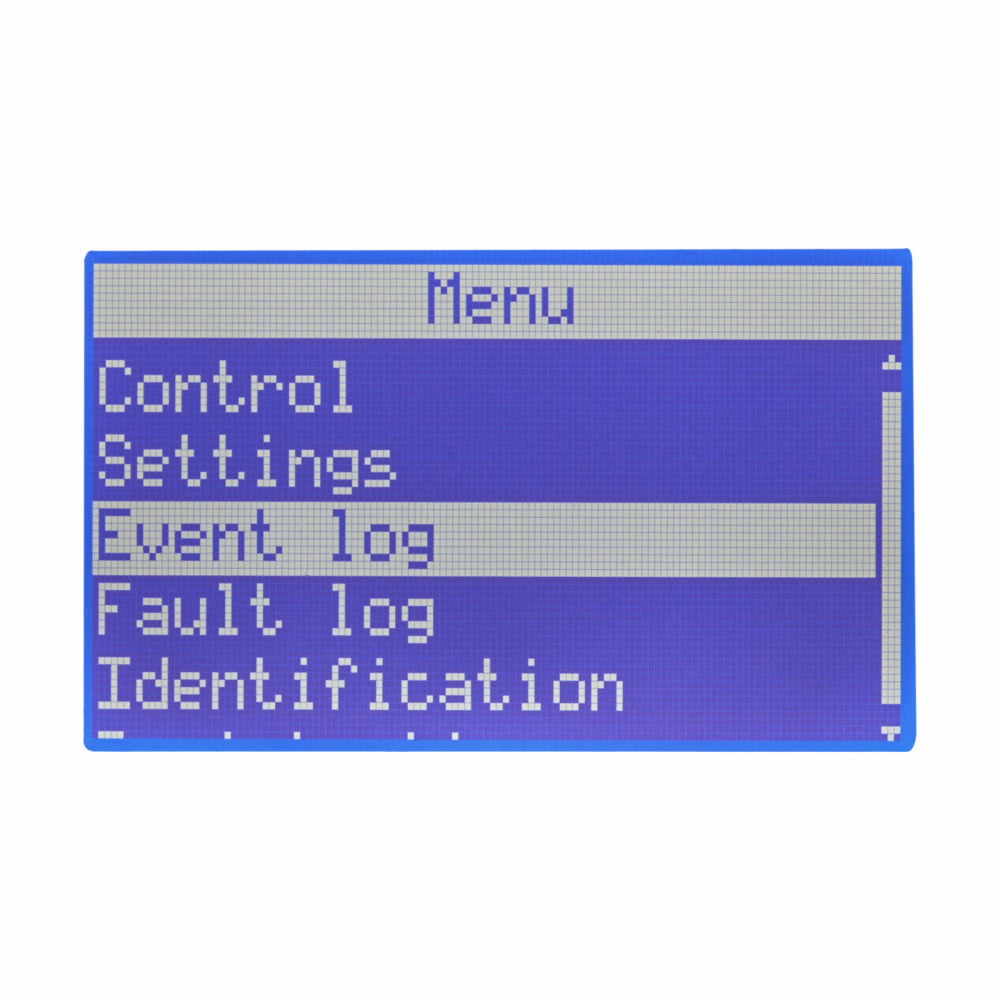In last month’s blog, Factors to Consider when Shopping for a UPS, we discussed a handful of factors that need to be taken into account when shopping for a UPS system. One of those important factors is UPS topologies. Topologies are the complex designs of UPS systems, and because they are so complex and we had only briefly over-viewed them in our last blog, we wanted to explain in further depth how each topology operates, and the restrictions and benefits of each.
Their Functions and Ideal Applications
Standby
The simplest and least expensive option is the Standby or Offline UPS. This topology works well for home office applications, by supporting monitors or consumer electronics.
But how does it operate? A Standby UPS works by supplying your device directly with AC power from an outlet. The UPS battery is on ‘standby’ at this point. When the UPS senses a power failure it switches to battery power, however, when this switch takes place there is a momentary halt in power flow. This can be very dangerous for certain devices. Therefore, it is crucial to take this temporary lapse of power into consideration when choosing which UPS is best to support your devices.

Eaton: Choosing the Optimal UPS Topology
Line-Interactive
One of the most common UPS units that you will find are Line-interactive UPSs. This topology actively tries to regulate the voltage that is traveling to your equipment. As the unit detects a loss of power, it will actively try to boost the output, before switching to run on batteries. The best application for this UPS type is where the utility power is relatively clean but experiences some power issues. While line interactive units come in a wide range of sizes, units over 5 kVA are rare. These are commonly utilized in network closets, laboratories, small server rooms, and similar applications. 
Eaton: Choosing the Optimal UPS Topology
Online Double-conversion
The most effective is an online double-conversion UPS. This UPS uses the double-conversion method, where it takes the AC power from the wall and converts it into DC power to charge the UPS battery. It then takes the DC power from the UPS battery and converts it back to AC in order to power your critical equipment. In comparison, the double-conversion UPS is always engaging and filtering your power, while the Line Interactive UPS only engages when an issue arises, therefore, always delivering clean power to your devices. The downside of this UPS topology is that it consumes far more energy and money. These systems are best suited for data centers, businesses, enterprise-wide systems, or in areas where there is a demand for a large supply of clean energy.

Eaton: Choosing the Optimal UPS Topology
Wondering which UPS topology may be best for your critical environment? Find the right solution for you here! For any further inquiries please reach out and let us know how we can help.




